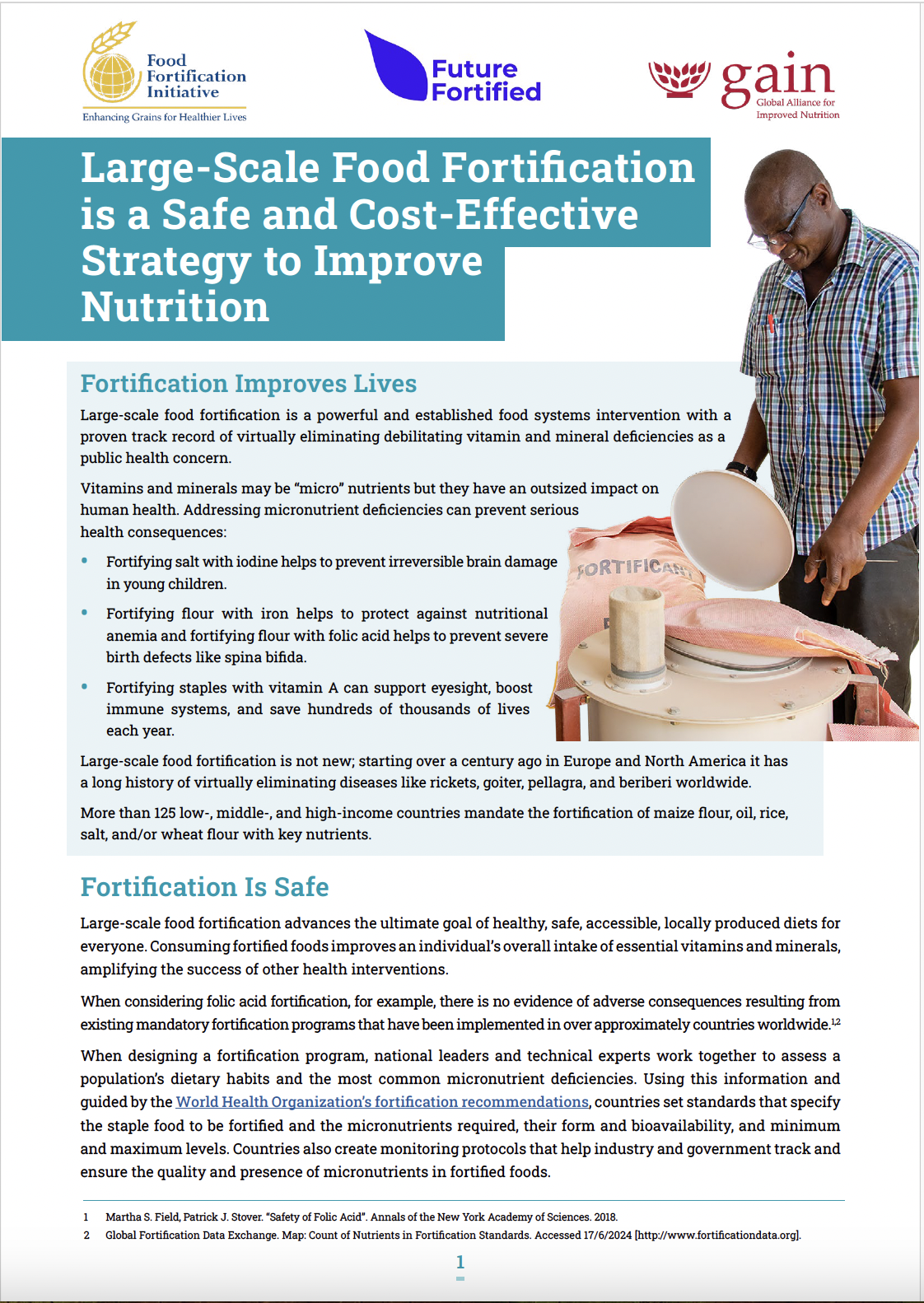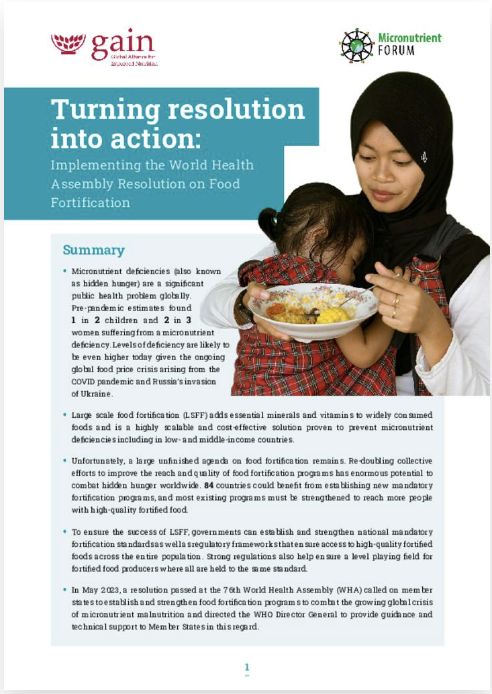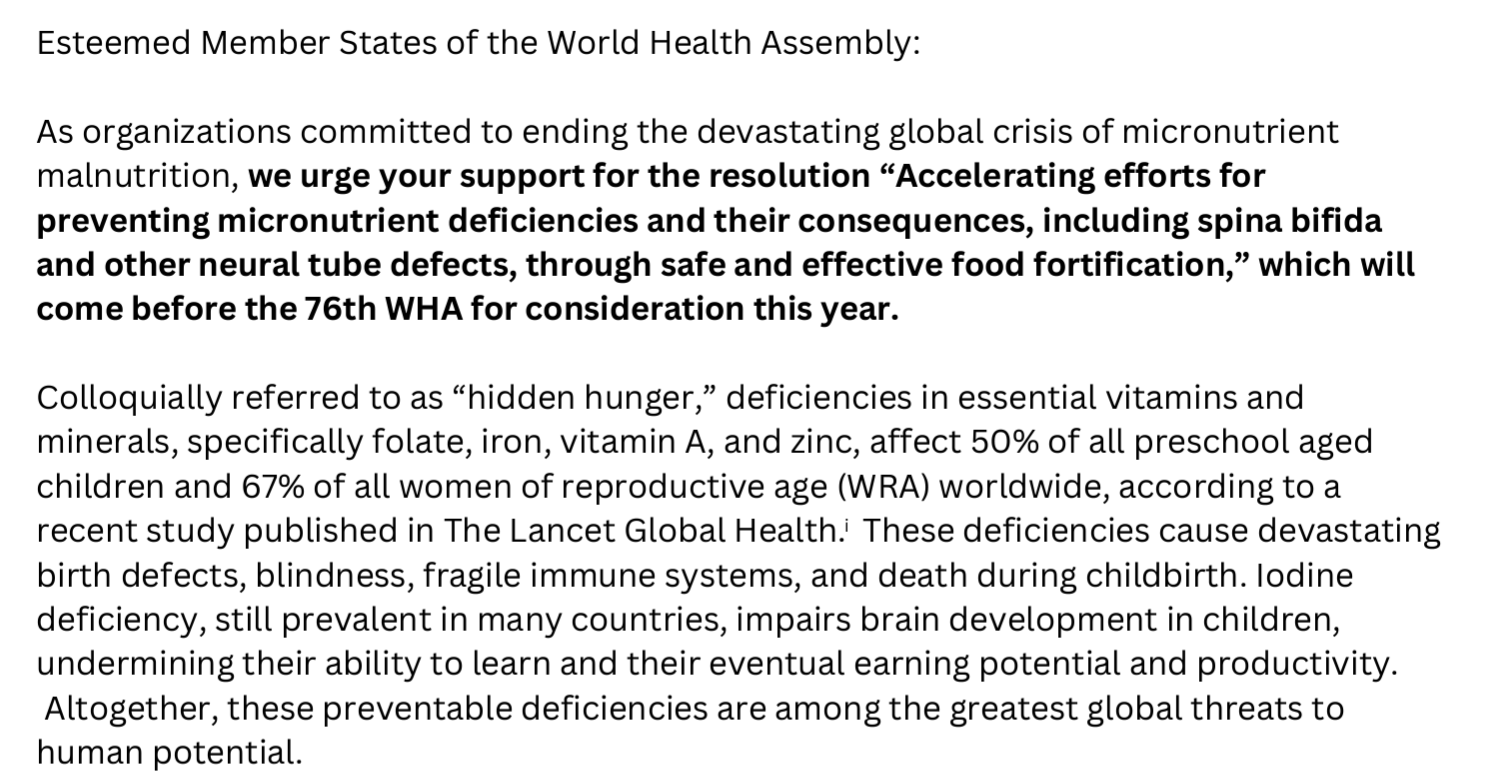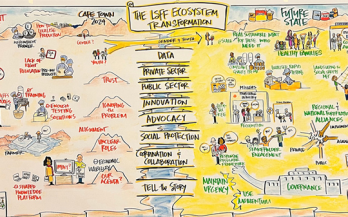
Global Food Fortification Advocacy Toolkit
Implementing the World Health Assembly Resolution for Food Fortification
Accelerating Progress on Food Fortification at the 2025 Nutrition for Growth Summit
Vitamin and mineral deficiencies are a significant public health problem, affecting 1 in 2 children and 2 in 3 women of reproductive age worldwide. The impacts can be severe, including birth defects of the brain and spine, death in childbirth, childhood blindness, and compromised immune systems. Large Scale Food Fortification (LSFF) is a key part of the solution as the intervention best suited to tackle this enormous challenge at scale.
LSFF is the addition of vitamins and minerals to widely consumed foods and condiments to increase their nutritional value. Food fortification is still underutilised in many of the countries suffering the worst effects of malnutrition. That is why the World Health Assembly took action last year, passing a landmark resolution calling for accelerated efforts to advance food fortification and prevent micronutrient deficiencies.
We are left with five years to redouble our efforts to achieve Goal 2 of the U.N. Sustainable Development Agenda's target of ending malnutrition by 2030.
And with the Nutrition for Growth Summit (N4G) on the horizon, now is the time to come together to push for full implementation of the WHA resolution. N4G provides an ideal opportunity for countries to showcase their plans to strengthen national food fortification programs.

Here’s what you can do to advocate for stronger food fortification programmes in your country:
- Reach out to others to coordinate efforts. Advocacy is more impactful when diverse stakeholders act together. National stakeholders you might reach out to include:
- Local spina bifida associations
- Local paediatric neurosurgeons and other members of the Spina Bifida Prevention Forum
- Business and Civil Society Networks of the Scaling Up Nutrition (SUN) Movement
- Development partners with a national office, for example GAIN, NI, TNS, UNICEF, and WFP
- Other local stakeholders with an interest in combatting malnutrition, improving women’s health, supporting children’s readiness to learn, strengthening human capital and economic development, and other relevant issues.
- Work with other national stakeholders to identify key challenges that should be addressed to accelerate the progress of food fortification in your country, for example: insufficient monitoring and enforcement of food fortification programs or food fortification standards that need to be updated or expanded to include new food vehicles and nutrients.
- Seek an in-person meeting with the Minister of Health or his/her staff. Your impact will be greater if you organise the meeting with other interested stakeholders to discuss an “ask” outlining suggested steps to strengthen national food fortification programs.
- Ask the Minister of Health to lead national implementation of the WHA resolution by creating a plan to strengthen national food fortification programs and including this plan as part of the national commitment at the March 2025 Nutrition for Growth (N4G) Summit. Keep following up to offer support, resources, and encouragement as needed! Advocacy is most effective when it becomes an ongoing relationship – one-off meetings are rarely effective.
- In addition to the Ministry of Health, enlist the support of other key LSFF duty bearers by meeting with Ministries of Industry, Trade, Finance and/or Agriculture and fortified food producers. LSFF is a public health and food system intervention that is implemented by the private sector. As such, encouraging cooperation and communication between government and the private sector and coordination across multiple government ministries will make LSFF programs more successful and sustainable.
If you have questions, suggestions, or need support, or to share your successes and challenges with other advocates around the world, please reach out to us at futurefortified@gainhealth.org
Briefs to share in advocacy meetings:
These briefs introduce the crisis of micronutrient malnutrition, present food fortification as a safe and cost effective part of the solution, and share steps to accelerate the impact of food fortification in response to the recent World Health Assembly resolution.
They are suitable for sharing with government officials and private sector leaders. They can also be used in outreach to local stakeholders.
Large-Scale Food Fortification is a Safe and Cost-Effective Strategy to Improve Nutrition
What is the WHA resolution on food fortification?
On May 29th, 2023, the World Health Assembly unanimously approved the resolution “Accelerating efforts for preventing micronutrient deficiencies and their consequences, including spina bifida and other neural tube defects, through safe and effective food fortification”.
This resolution became decision WHA76.19.
Decision WHA76.19 requests the WHO Director General to provide guidance, standards, and technical support to Member States as they pursue the use of food fortification and other interventions to combat micronutrient malnutrition.
Ministries of Health should be encouraged to update WHO on steps their country has taken to implement this resolution. Updates will be included in the Director General’s reports to the WHA in 2026, 2028, and 2030.
Civil Society letter endorsing the WHA food fortification resolution
In the lead up to the 76th WHA, over 70 civil society organizations urged support for the food fortification resolution, representing the medical community, families impacted by Spina Bifida, advocacy groups, and development organizations, among others.
What is Food Fortification?
This 3-minute introduction to Food Fortification is suitable for sharing with government officials, private sector representatives, or coalition partners. The video is available in English and Amharic and subtitled in Amharic, Bangla, French, Hindi, Indonesian, Portuguese, Swahili, and Urdu. Find the playlist here
Guide for Communicating
This communication guide contains tips for talking about food fortification to government officials, potential allies, and other audiences. It is a great resource to help advocates prepare for meetings and presentations.
Initiativeks
We have implemented projects in Ethiopia, Tanzania, Pakistan, and Zambia to develop sustainable supply chains for nutritious and affordable food products. The focus has been on dairy-based products and fruits to increase nutrient intake and prevent waste
Additional Resources

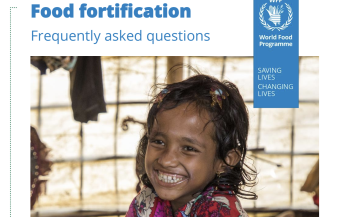
FAQ on Large Scale Food Fortification
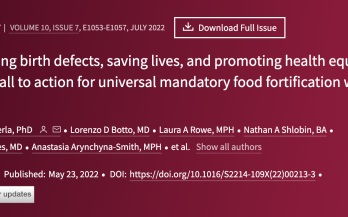
The Lancet – An Urgent call to Action for Mandatory Fortification with Folic Acid
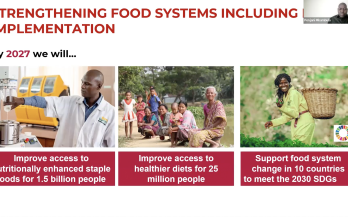
76th World Health Assembly Resolution on Micronutrient Fortification of Staple Foods to…

What is Large Scale Food Fortification (LSFF)?
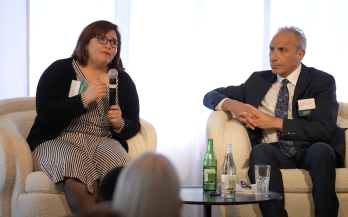
WHA76 Side Event - Fortify the Future
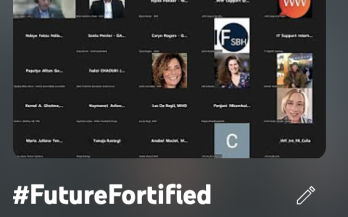
FutureFortified Webinars

Micronutrient Forum Global Conference 2023 – Implementing the WHA resolution

76th World Health Assembly Resolution on Micronutrient Fortification of Staple Foods to…

1 in 2 children and 2 in 3 women worldwide affected by micronutrient deficiencies
Contact Us

Kristin Sundell
Senior Advocacy Specialist

Jessie Genoway
Communications Director for the Food Fortification Initiative (FFI)

